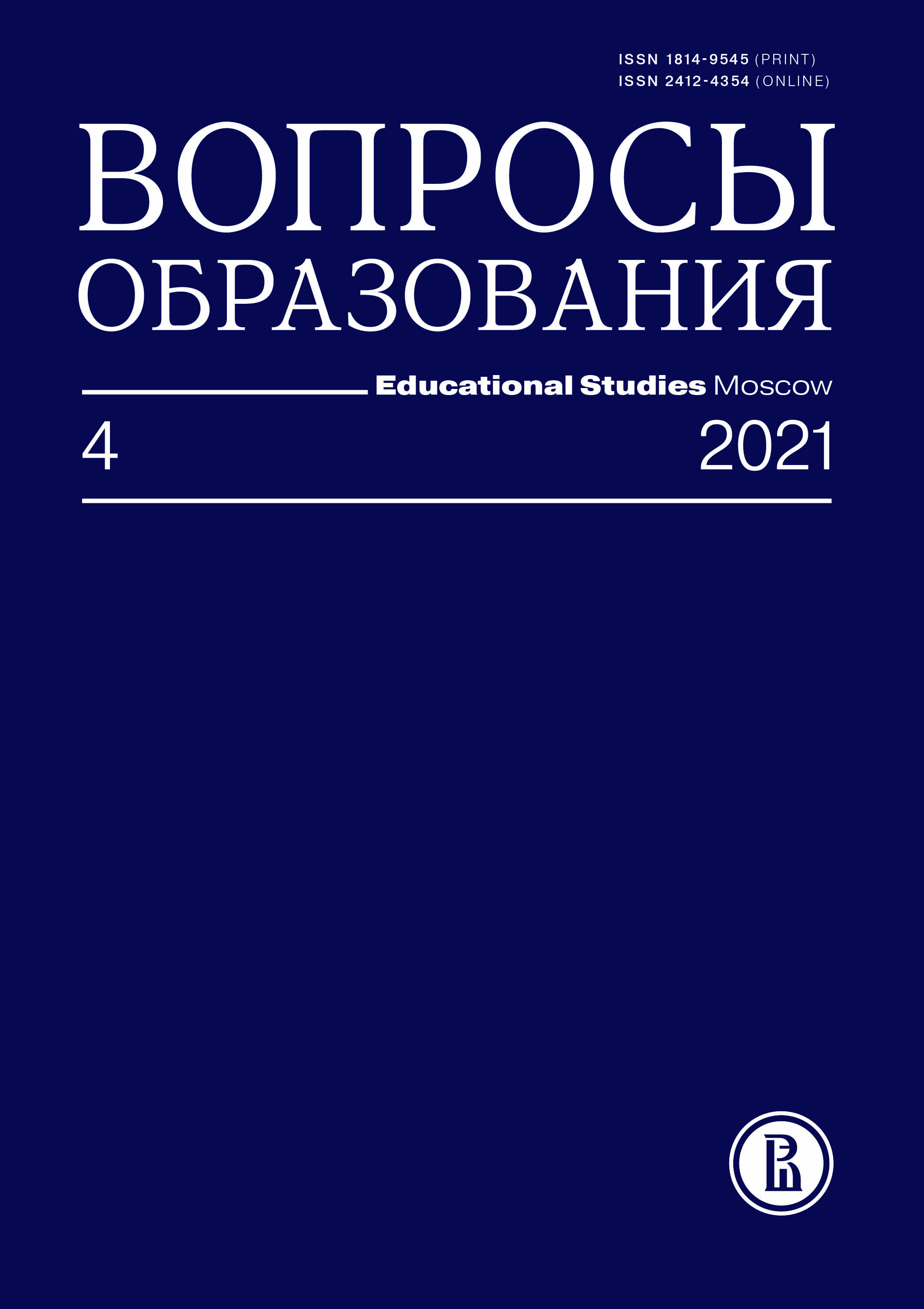Распространенность буллинга: возрастные и гендерные различия, значимость размера и типа школы
Аннотация
В статье обсуждаются методические вопросы измерения распространенности буллинга, приводятся данные о частоте его проявлений в разных странах мира, обсуждаются причины существенного разброса в оценках. На данных масштабного репрезентативного опроса (18 433 ученика из 201 школы), проведенного в школах Калужской области, описываются характеристики буллинга на индивидуальном уровне и на уровне школы. Установлено, что 15,3% школьников 6–9‑х классов в течение учебного года становятся жертвами буллинга, что совпадает с данными межстранового исследования под эгидой ВОЗ Health Behavior in School-Aged Children Study на общенациональной репрезентативной российской выборке. В рассмотренной возрастной категории учащихся максимальная частота буллинга (19,4%) выявлена в 6‑х классах, минимальная (11,1%) — в 9-х. Девочки и мальчики оказываются жертвами буллинга примерно с равной частотой, при этом мальчики более подвержены физической агрессии, девочки — вербальной и социальной. Школы очень сильно различаются по распространенности буллинга: от 0 до 40% учащихся, столкнувшихся в течение года с проявлениями буллинга, на школу, причем частота травли не связана со структурными характеристиками школы (тип школы, расположение в городе или в селе, размер, социально-экономический статус). Обсуждается связь буллинга со школьным климатом и предлагаются направления дальнейших исследований.








